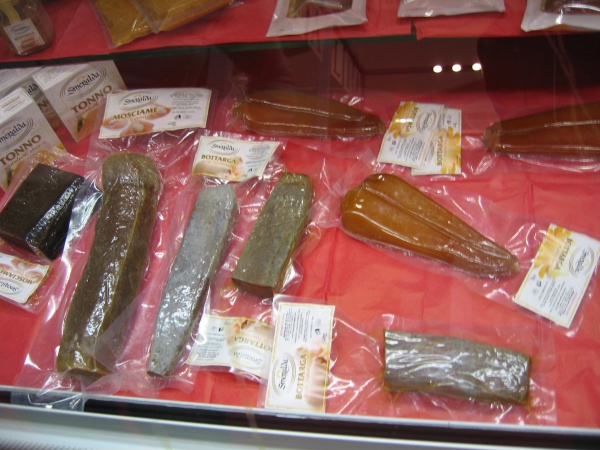Facts About Bottarga
Bottarga is a gourmet delicacy made from salted and cured fish roe, typically sourced from grey mullet or bluefin tuna. This treat is known by various names globally, such as the Japanese "karasumi" and Korean "eoran." The term "bottarga" itself is of Italian origin, stemming from Arabic and Byzantine Greek. This food has a long history, with evidence of its production in Egypt's Nile Delta dating back to the 10th century BCE.
The preparation of bottarga is an intricate process. Initially, the roe pouch is massaged to expel any air. It is then cured in sea salt for several weeks until it forms a hard block. Historically, it was coated in beeswax to preserve its freshness. Once ready for consumption, bottarga is typically sliced thinly or grated.
Different regions offer their unique takes on bottarga. In Croatia, it is known as "butarga" or "butarda" and is often fried. In Greece, it is called "avgotaraho" and holds a PDO (Protected Designation of Origin) status, made specifically from the flathead mullet. Italy is renowned for two primary types: bluefin tuna bottarga from Sicily and flathead mullet bottarga from Sardinia, referred to locally as "Sardinian butàriga." Italians frequently incorporate bottarga into various dishes, especially pasta, where it is considered a traditional staple.
Bottarga's production is not confined to Europe. It is also crafted in countries such as Mauritania, Senegal, Turkey, Spain, and even the United States. Notably, in the U.S., Florida stands out as a producer, with historical records indicating that Native Americans consumed dried mullet roe.

 San Marino
San Marino